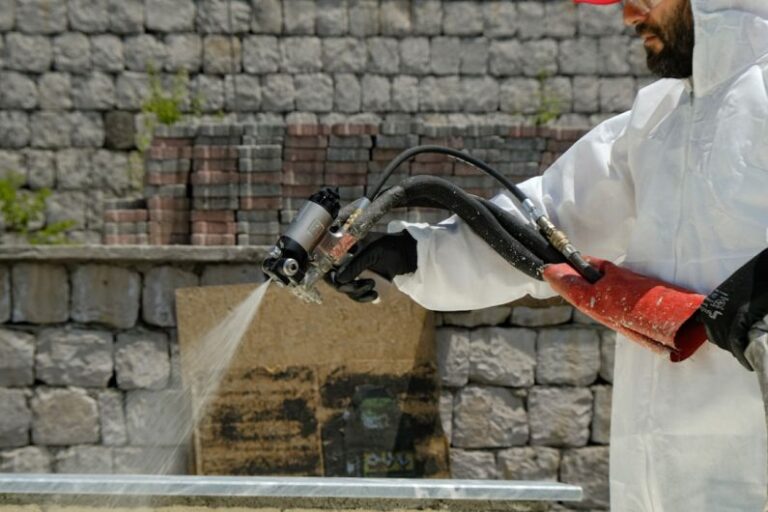Building a Sustainable Home from the Ground up
Creating a Sustainable Home from the Ground up
Building a sustainable home is not just a trend; it is a responsible choice that benefits both the environment and homeowners in the long run. From reducing energy bills to minimizing carbon footprint, sustainable homes are becoming increasingly popular. If you are considering building a sustainable home from the ground up, here are some key factors to keep in mind.
Eco-Friendly Location Selection
Choosing the right location for your sustainable home is the first step in ensuring its long-term environmental impact. Look for a site that allows for natural heating and cooling, maximizing the use of sunlight and shade. Additionally, consider proximity to public transportation and amenities to reduce the need for car travel, further lowering your carbon footprint.
Energy-Efficient Design
When designing your sustainable home, focus on energy efficiency to minimize energy consumption and reduce utility costs. Incorporate features such as high-performance windows, proper insulation, and energy-efficient appliances to maximize energy savings. Consider utilizing renewable energy sources like solar panels or geothermal heating to further reduce your reliance on traditional energy sources.
Water Conservation Strategies
Water conservation is a crucial aspect of sustainable home design. Implement water-saving fixtures such as low-flow toilets and faucets, rainwater harvesting systems, and native landscaping to reduce water consumption. Utilizing graywater recycling systems can further enhance your home’s water efficiency by repurposing water from sinks, showers, and laundry for irrigation.
Sustainable Materials Selection
Choosing sustainable materials for construction not only reduces environmental impact but also promotes healthier indoor air quality. Opt for materials that are locally sourced, renewable, and have low VOC (volatile organic compound) emissions. Consider using recycled materials or reclaimed wood to minimize waste and give your home a unique, eco-friendly touch.
Passive Solar Design
Incorporating passive solar design principles into your home can significantly reduce heating and cooling costs. Orienting your home to maximize solar gain in the winter and shading windows in the summer can help maintain comfortable indoor temperatures year-round. Additionally, utilizing thermal mass materials like concrete or tile can store and release heat, further enhancing your home’s energy efficiency.
Green Roof and Rainwater Management
Installing a green roof not only adds aesthetic value to your home but also provides environmental benefits such as improved insulation, reduced stormwater runoff, and increased biodiversity. Pairing a green roof with a rainwater management system, such as permeable paving or rain gardens, can help mitigate the impact of heavy rain events and reduce strain on municipal sewer systems.
Waste Management Plan
Developing a waste management plan during the construction phase is essential for minimizing construction waste and promoting recycling. Sort materials for reuse or recycling, donate salvageable items, and avoid unnecessary packaging to reduce the environmental impact of your project. Implementing a composting system for organic waste can further reduce the amount of waste sent to landfills.
Embracing Sustainable Living Practices
Building a sustainable home is just the beginning; embracing sustainable living practices is key to maximizing the environmental benefits of your home. Implement strategies such as energy conservation, water efficiency, waste reduction, and sustainable landscaping to create a truly eco-friendly living environment for you and your family.
Creating a Sustainable Future
Building a sustainable home from the ground up requires careful planning, thoughtful design, and a commitment to environmental responsibility. By incorporating eco-friendly features, energy-efficient systems, and sustainable practices into your home, you can create a living space that not only benefits the planet but also enhances your quality of life. Start building your sustainable home today and pave the way for a greener, more sustainable future.






